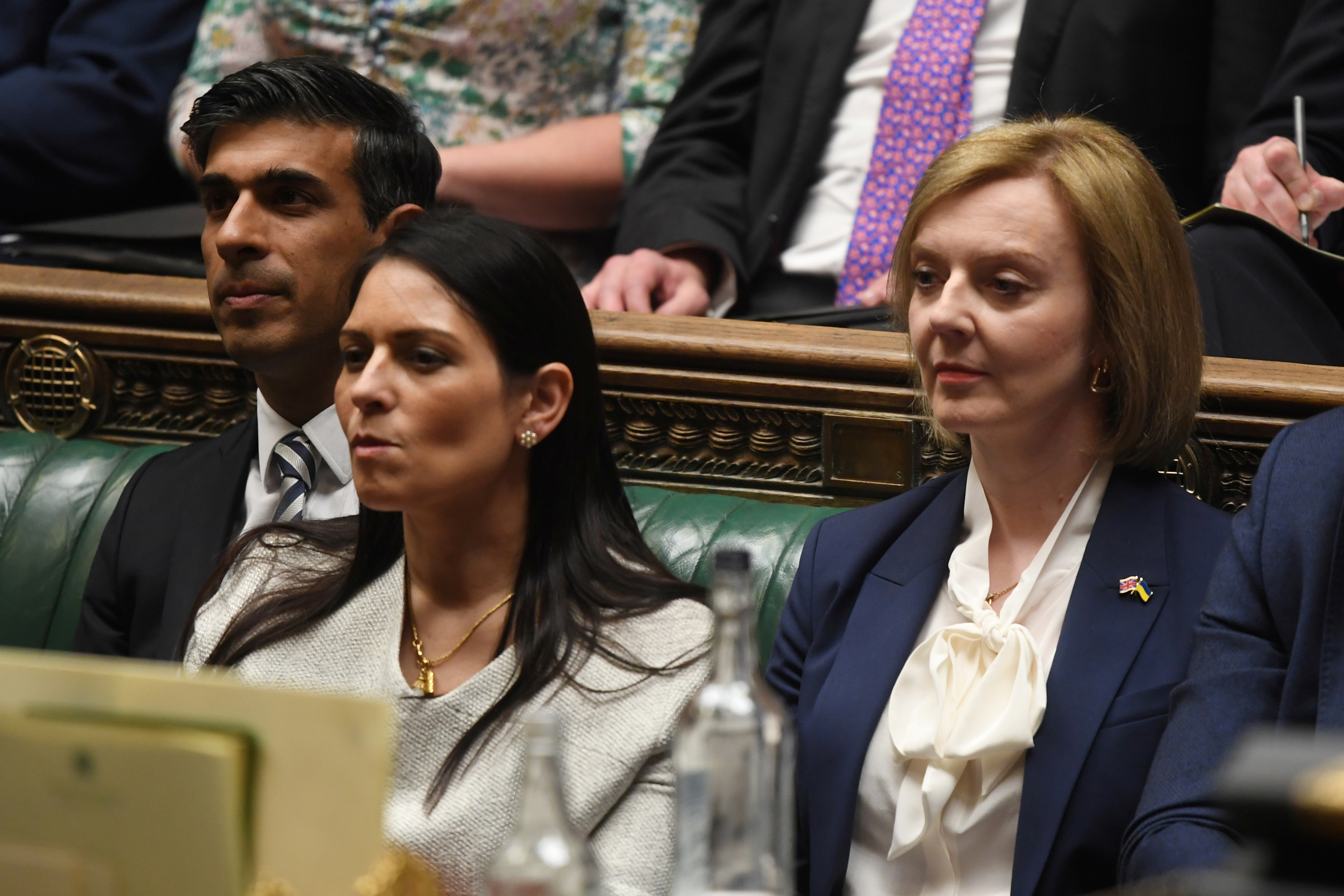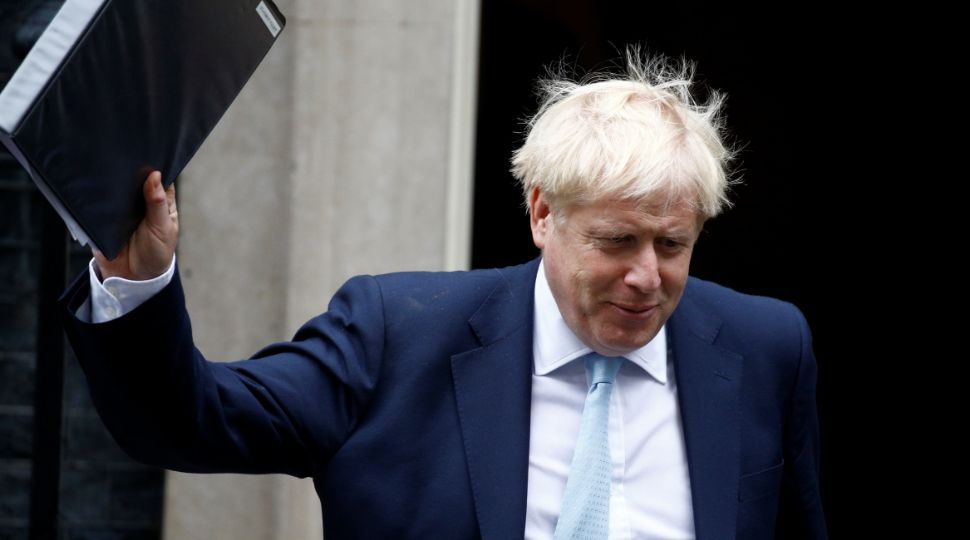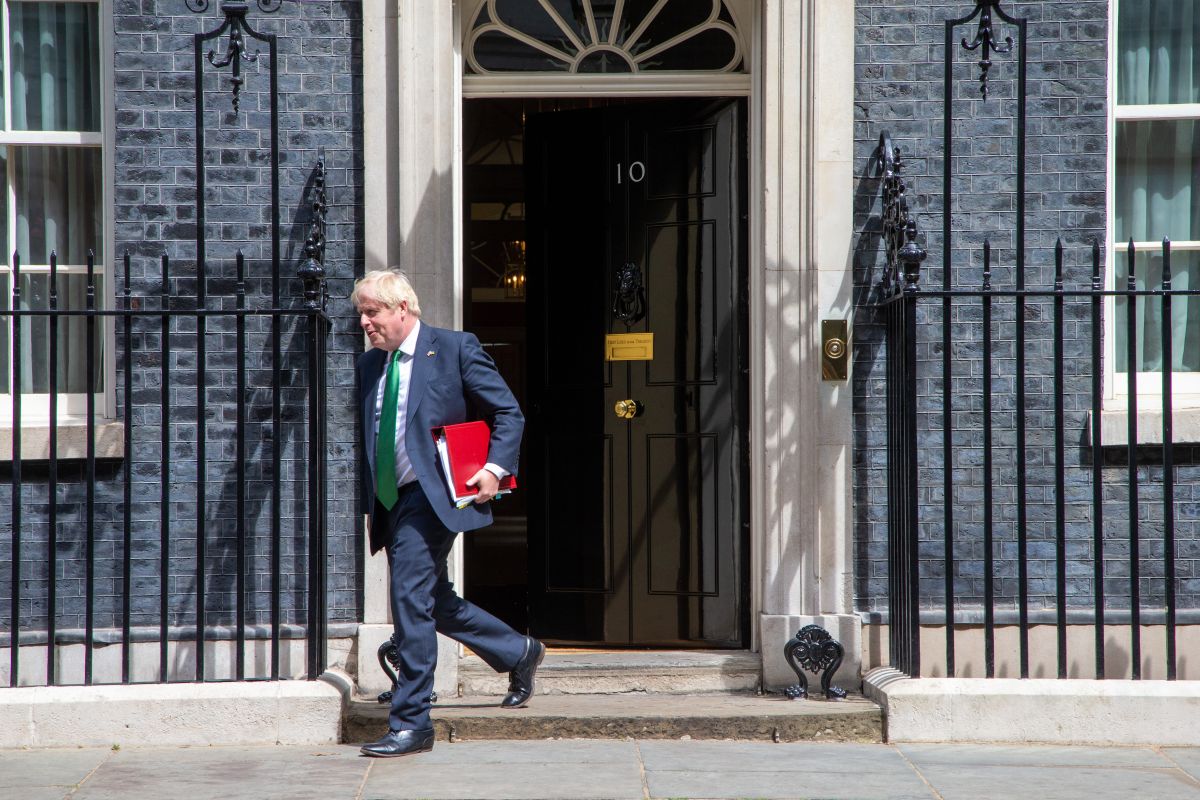Who will be the Next UK Prime Minister?
On 20 July, Conservative MPs selected Foreign Secretary Liz Truss and former Chancellor of the Exchequer Rishi Sunak as candidates for the party’s new leader and, consequently, the next British prime minister. This opens the second phase of the election of the successor to Boris Johnson, when all party members vote for one candidate, and allows the identification of future challenges for the United Kingdom’s relationship with the EU and Poland.
 UK PARLIAMENT/JESSICA TAYLOR/ Reuters/ FORUM
UK PARLIAMENT/JESSICA TAYLOR/ Reuters/ FORUM
What happened in the first stage of the Tory leadership election?
In five ballots between 14 and 20 July, Conservative Party MPs voted for their favourite candidates, with the last place vote-getter being eliminated, reducing the field from eight to two. This stage marked the beginning of the most important generational shift in Tory leadership since 2005. Only Jeremy Hunt, who was eliminated in the first ballot, was of the same generation as Johnson and all other Conservative prime ministers governing between 2010 and today. The remaining candidates are at least a decade younger. Importantly, in the fourth and fifth ballot, all the candidates were women and/or representatives of ethnic minorities. Tom Tugendhat and Kemi Badenoch have become the new faces of the Conservatives’ left and right wing, respectively, and strong candidates for ministerial posts in the new cabinet. However, the 2019 Conservative Party’s turn to the right has been confirmed, with the finalists Sunak of the neo-liberal Thatcherite centre and Truss from the pro-Brexit hard right.
How significant was Johnson’s surviving the 19 July parliamentary vote of confidence?
The vote of no confidence tabled by the Labour Party on 12 July was intended to force Johnson’s immediate resignation and persuade some Tories to vote with the opposition on this issue. Johnson turned this proposal into a vote of confidence in his government, which was affirmed by the House of Commons on 19 July by 349 votes to 238. This move allowed him to restore Tory unity, strained in the first week of July, and to defend his Brexit vision and the rest of his agenda as a starting point for the new government. It also allowed his faction to consolidate and stabilised his personal position until 5 September. As a result, Johnson will remain an actor with notable influence within the Conservative Party until at least the next general election in 2024 and will be able to affect the balance of power within Britain’s ruling party. This is important in the context of the results of the fifth and last party ballot on 20 July (Sunak: 137 votes; Truss: 113; Penny Mordaunt: 105), which confirmed a division among the Tories into several factions of similar strength.
Who is Sunak and what is his programme?
Sunak entered the competition with the clear support of most of the party’s establishment. During the competition, his position evolved to represent the more liberal left wing of the party (One-Nation Conservatives). Sunak has Indian roots. He received an elite education (Oxford, among others) and worked as an investment banker. His personal wealth and that of his wife, who is an Indian citizen and co-owns the Infosys corporation, place him among the richest Britons. Now aged 42, he became an MP at the age of 35, the Chief Secretary to the Treasury at the age of 39, and the Chancellor of the Exchequer at the age of 40. As Chancellor, he represented a pragmatic approach to negotiations with the EU, despite his support for Brexit. In the campaign, he is emphasising the need to reduce the budget deficit and inflation (the highest in 40 years) through selective cuts in public spending and especially tax increases. The latter solution is strongly opposed by a large number of Conservative MPs, members and voters.
Who is Truss and what does she propose?
Although she was associated with centre-left parties in her youth and promoted EU membership in 2016, Truss entered the 2022 party competition supported by the pro-Brexit part of the Tory establishment as a representative of the party’s right wing. During the competition, she became the leading defender of Johnson’s agenda (a.k.a., “continuity Johnson”). Aged 46, she is the contender with the greatest ministerial experience, coming from her continuous service on the government’s front bench since 2010. Her campaign has been emphasising her achievements regarding support for Ukraine (as foreign secretary) and the implementation of the so-called Brexit dividend by concluding several dozen trade treaties (as international trade secretary). In June, she introduced in the House of Commons a bill aimed at unilaterally modifying the Northern Ireland Protocol. She advocates stimulating economic growth by lowering taxes and argues the need to temporarily increase public debt.
What would a Sunak or Truss win mean for British policy towards the EU and Poland?
The candidates are on the centre or right of the Conservative spectrum and have held Great Offices of the State in Johnson’s cabinet, hence the closeness of their agendas on many points. They are rivals though when it comes to how to reduce inflation and address the costs of living and taxation, all of which have reached the highest levels in a few decades. Sunak’s strategy seems more credible financially, but would hit the livelihoods of poorer Britons, including Tory voters in post-industrial regions. This makes the Truss strategy more attractive politically. In relations with Poland and the EU, Truss could be expected to maintain the greatest degree of continuation of Johnson’s approach in terms of supporting Ukraine and increasing defence spending, but also in respect of the assertive attitude to the EU in implementing Brexit. On the other hand, Sunak’s foreign and defence policy agenda remains unclear, apart from his representation of a more conciliatory approach to the EU.





